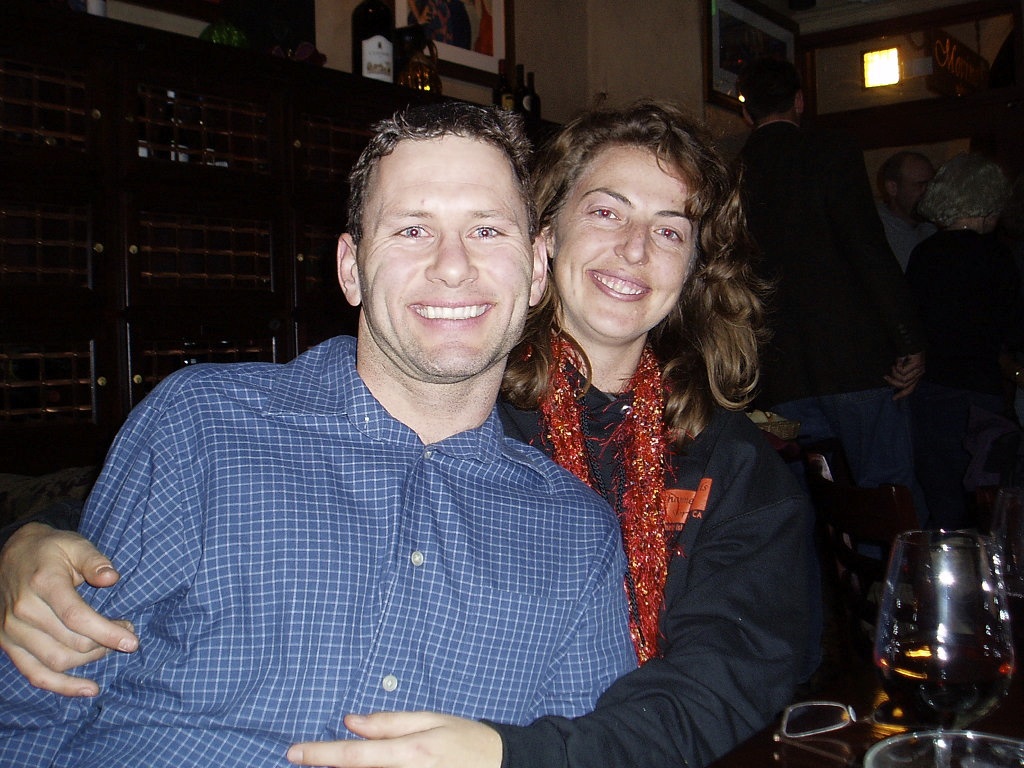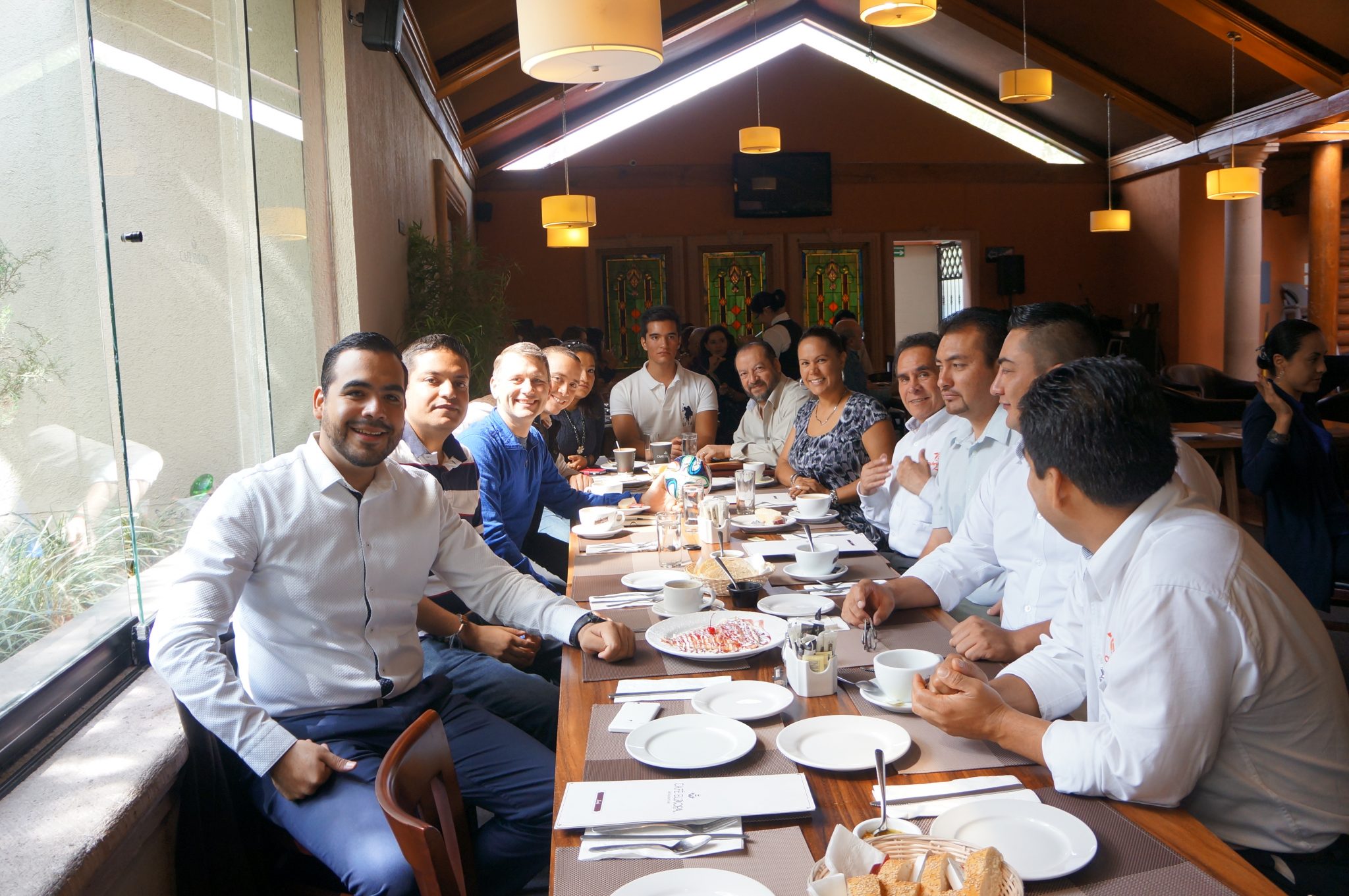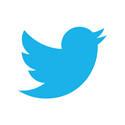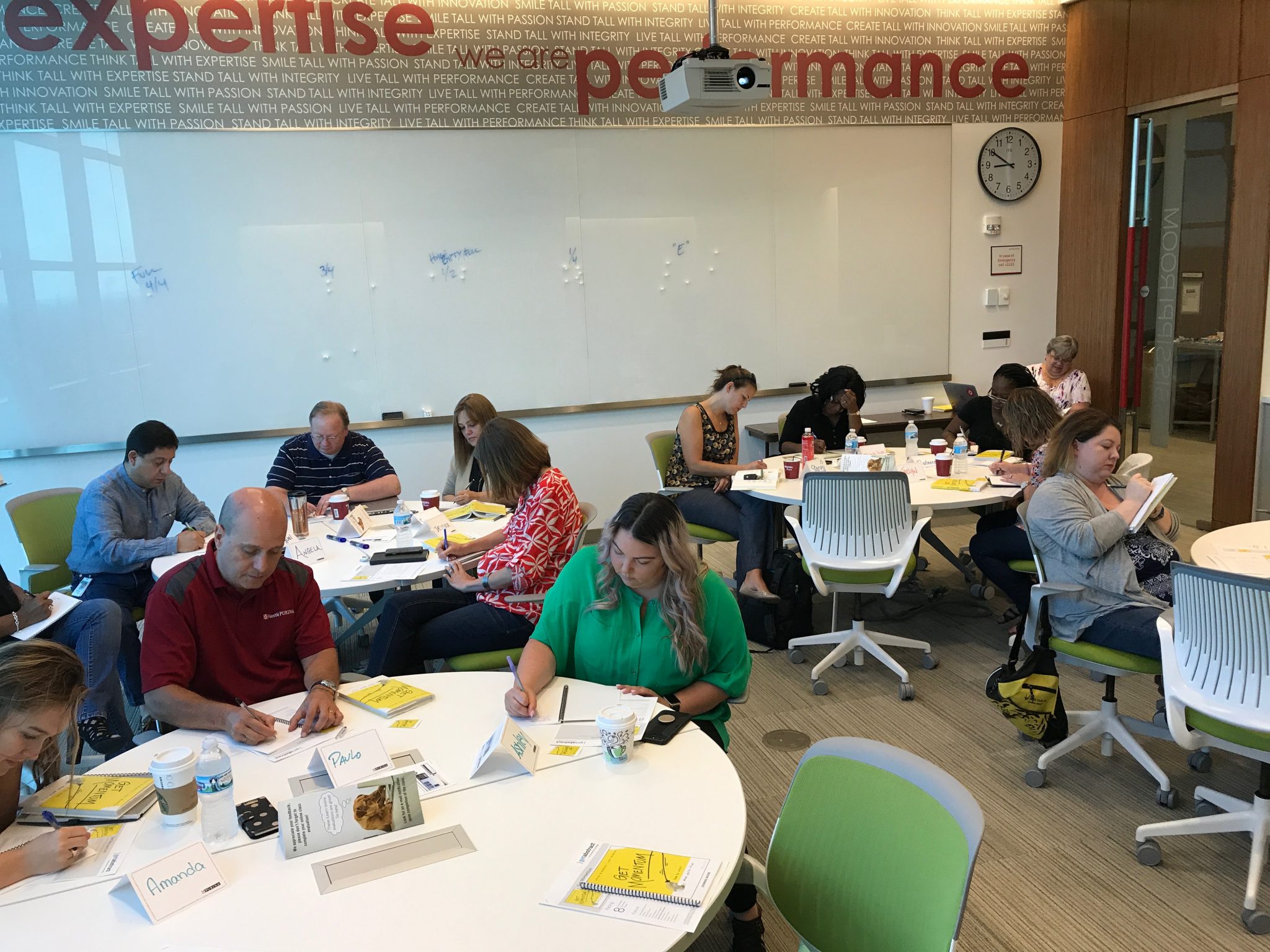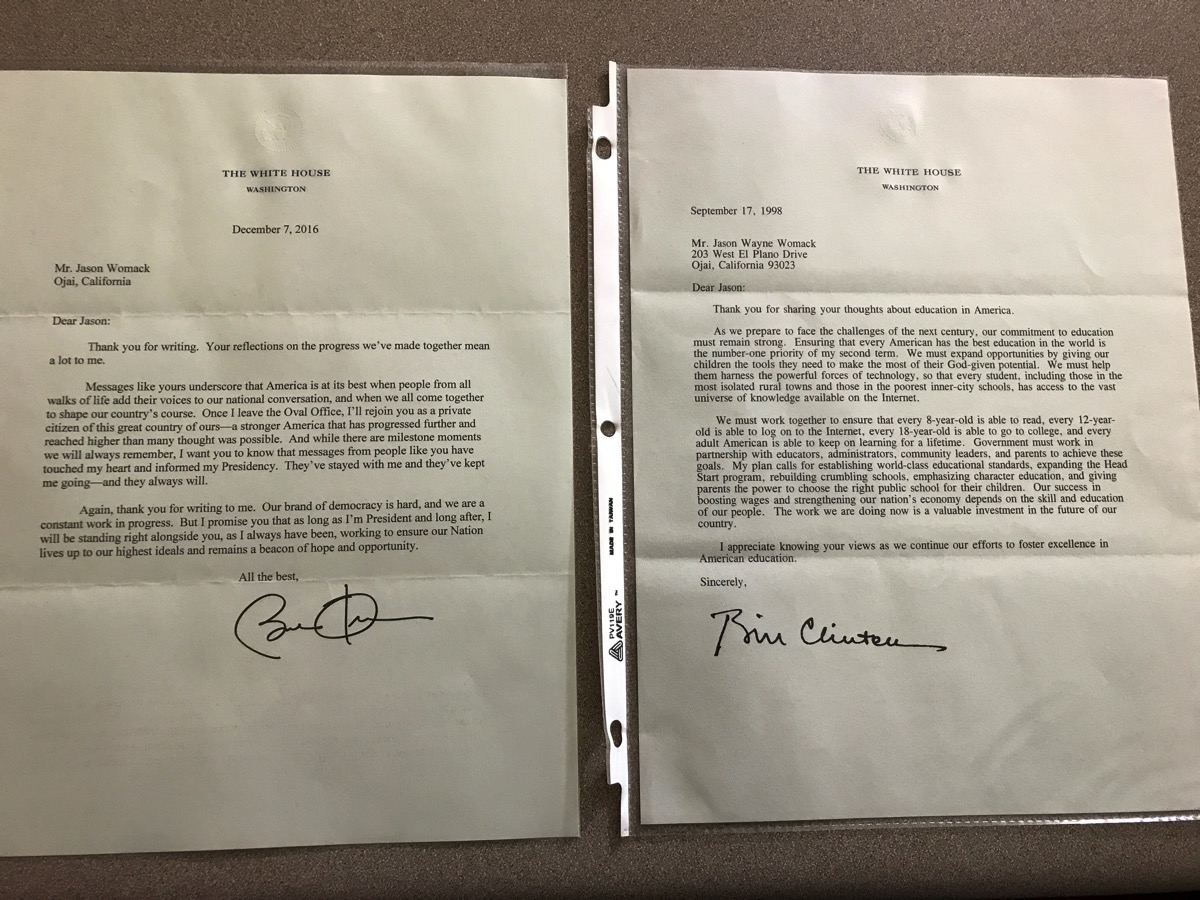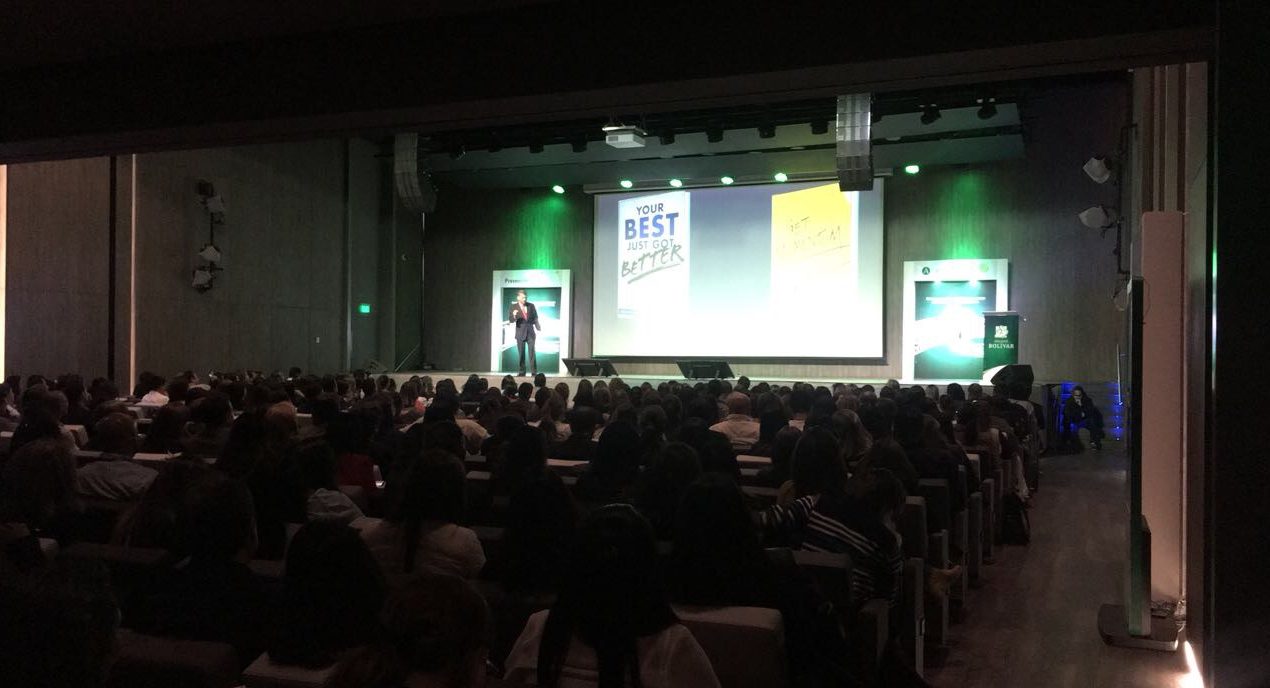In 1995, I was a first-year Graduate Student, at the University of California. My job was to question everything.
At the end of one especially difficult day, I asked for a meeting with a mentor. For about an hour, I explained how hard it was, how challenging the program was, how I might be re-thinking my career choice…
He listened. And then, at the best time possible, he asked:
“Would you know a good day, if you saw it?”
That question… Rocked. My. World.
That the question I needed to hear, because, quite frankly I was so myopic in my views that in fact I DIDN’T have a vision of what a good day would be! And, in that moment I discovered my love of questions.
A well-placed question…it can change everything!
So, last week when I got FIVE questions from a buddy who’s writing a book, you can imagine how exciting that was for me. Below, the questions and (as of today) some of my ideas in response:
* How important is it to balance your daily schedule between “work” and “life.” If it is important, why? What percentage of time should you give each endeavor?
I’m one of those guys who goes “all-in.” If I’m working, you’re going to see an intensity and drive that walks along a line you’d call perfectionistic and overachieving. If you see me racing an Olympic-distance triathlon, you’ll see that everything I’ve got is right here, right now; I’ll give you 95%-97% of my heart rate for those 2 and a half hours. And, if you catch me sleeping, well of all the guys that I’ve interviewed, I constantly rate at the top of Deep Sleep / Light Sleep / Awake metrics through each night.
Now, my daily schedule needs to reflect the movement [not balance] between living…and making a living. It’s really challenging for me to give you a percentage, so here’s what I’d say:
Divide your day into natural sections, blocks of time that mean something to you.
Think about times of the day you need to think, plan, visualize and discuss the future. At other times of the day you need to “work.” You know, make the calls, write the emails, talk to people 1:1 or in small groups, read and review the documentation you’re studying. Then, there will be other times of the day you need to relax, recharge, refresh. Make sure you take care of your BODY and MIND needs, this way you can come back stronger and more focused than ever before.
* You’re a bike racer and triathlete. How much time to do you devote to those activities? And why do you think it makes a difference in your overall success?
I schedule my workouts 15-30 days in advance. Every Sunday, I review and renegotiate those workouts based on what city I am in, where I’m traveling and scheduled athletic events. Personally, I need something to train for; the people who can “just exercise because they’re supposed to” amaze me! I’ll always have 2-3 events (a ½ marathon, a triathlon, a Rim-to-Rim-to-Rim hike at the Grand Canyon…) on the calendar!
A workout is an hour. Unless it isn’t! That’s why I schedule them so far in advance. I know on a travel day, to get that 60-minute session in will be a challenge. And, on the weekend, the 2-hour run and 1-hour bike ride won’t happen if I “hope I have time.”
Now, how does all this help me overall?
Well, the first part is what I shared earlier: I need a goal, something to go toward that has an objective finish line. When I step on that treadmill for a 2-hour indoor training session, I’m not bothered by the fact that I’ll be in one place for 120 minutes; I’m training to make it to the finish line of an upcoming event! Too many times entrepreneurs start with goals that aren’t objective enough, and they aren’t 100% willing to do the long, boring, unglamorous, behind-the-scenes work.
In my business life, as a writer, author and coach, I’ve found that my hardest projects are the ones where I don’t have clear goals. I’ll work overtime, stay up late and get up early, to clarify not just the goal, but iterative milestones that I can take on that will get me closer to what I want.
* You have a lot of things going on in your day. How do you prioritize?
In our book, “Get Momentum: How to Start When You’re Stuck,” Jodi and I give you a great “prioritization” tactic called the #KnownFor exercise. If you happen to read that book, and make it to chapter three, you’ll read the question we give you there: “What do you want to be known for?” This question is not meant to freak you out, or making you re-think your life. Instead, we ask you to bring it down to more immediate and more practical levels.
Here’s now:
Step one: Identify 8-15 roles you have, at work and in life. My own examples (of course!) would include: Author, Husband, Executive Coach, Triathlete, Volunteer, Keynote Speaker, and Homeowner.
Step two: For each role, pick a particular project/event/milestone that is 6-12 months out. I like that time frame because it gets me OUT of the day-to-day overwhelm, into thinking about what those MOST important things are.
Step three: Write a 3-5 sentence #KnownFor statement for each.
It could look like this:
As an author, by September 10th I want to be known for submitting a book proposal to my publisher. I want the proposed idea to be exciting for me to want to write about AND tested by and in the market I’m writing to. I want to be known as an author who constantly brings new and useful things to readers worldwide.
My job NOW is to review those #KnownFor statements “as often as I need to so that I’m working on my priorities.” How often is that? Honestly, I’ve found the best cadence for me is every couple of days.
* You’ve said the hardest part of your job is to decide what NOT to do every day? How do you it?
First off, I gotta know what shouldn’t be on the list anymore. That’s where the #KnownFor process kicks in. ToDos and even projects have a sneaky way of making it to the list of things we think we should do. Check your calendar, your email inbox and today’s list. About once a week (Thursdays for me), I stop working for about 30 minutes, maybe an hour. And for that time, I go through every inventory of “work” I’ve collected that week. My goal?
To get rid of 50% of what is there! I will tell you the challenge, ready? While I’m cleaning up, I always see something that I added to my list and think, “Oh, it’ll just take a couple of minutes, I’ll do it right now.” Then, I watch a couple of short videos, read a few saved articles, draft a short 250-word article for one of the magazines/websites I write for. I make a phone call or two, even type out an email. And then…
And THEN, I’m right where I was before.
So…NO! My job during this clean-up process is to look at a list of 10 things and GET RID of 5 of them. I may delegate 2, delete 2 and move one 5-8 weeks out on the calendar. I do ANYthing I can to clean up my system so that I know what I am doing, have to do, and can get by without doing.
* What advice would you give to those so-called “workaholics” that think success lies in the amount of hours you put towards your work?
I looked up that word in the dictionary and found, “a person who compulsively works hard and long hours.” I’m not here to judge if you’re working hard (and not smart) or long hours. I’ve met people who have a position, situation or circumstance that demands they work 10-12-15 hours a day. My question is always one of “sustainability.” That is, can you work 15 hour days…for a career?
There are going to be projects you’re on and events you’re a part of that dictate you work hard…and long. Alternatively, there is other work you have to do that COULD be easier! The advice I have, look at your #KnownFor statements that I wrote about earlier. Go back through them, and add how you want to be known as being, not just doing. If you know you get tempted to work long, hard hours, put something in there about working efficiently, asking for help early on in your projects and getting things done in the time that you promised.
One of the MAIN reasons that people work long hard hours is they give themselves too much time to get things done. Instead of telling yourself you’ll have that “thing” (whatever it is) done by Friday next week, set a timer for 30 or 60 or 90 minutes, and go ALL OUT right now on it.
Wanna prove me wrong? Go!
I shared earlier that a well-placed question just may change everything. So, I’ll ask you: “What’s the question YOU need to ask yourself to take what you do and how you do it to the next level?”
